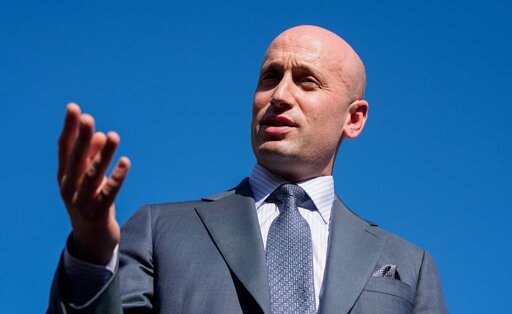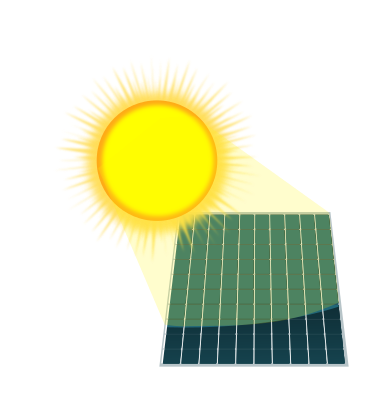
A close look at the cases that the administration has brought in court shows that the government’s charges, mostly of assaulting or resisting federal officers, are faltering as they come up against video evidence or lack thereof. In at least four cases that were brought in connection with protests against Midway Blitz, Chicago federal prosecutors either withdrew charges or had a judge declare that they failed to meet their burden of probable cause, per a TPM review.
These cases are important not only because prosecutors are withdrawing them in their initial stages. The administration has sought, largely successfully, to portray these operations in Chicago, Portland, Los Angeles, and elsewhere as focused on immigration enforcement. They involve large numbers of federal law enforcement officers ostensibly charged with related missions: CBP patrols the border; ICE is responsible for enforcing immigration law (as administrative as it may be). Showy missions like the Blackhawk helicopter raid on a South Side Chicago apartment building use pyrotechnics to reinforce that impression.
But the reality is that these overbearing operations also affect U.S. citizens. They involve federal law enforcement taking aggressive steps against people who record their actions or who stage protests. The increased threat of facing charges after appearing at a protest can have a chilling effect as well.









I don’t want to down play the seriousness of it, but it does feel more like a scene from a book not reality. Especially when I think about how the Cheeto in chief tried to use this event as a distraction during the no kings protests.